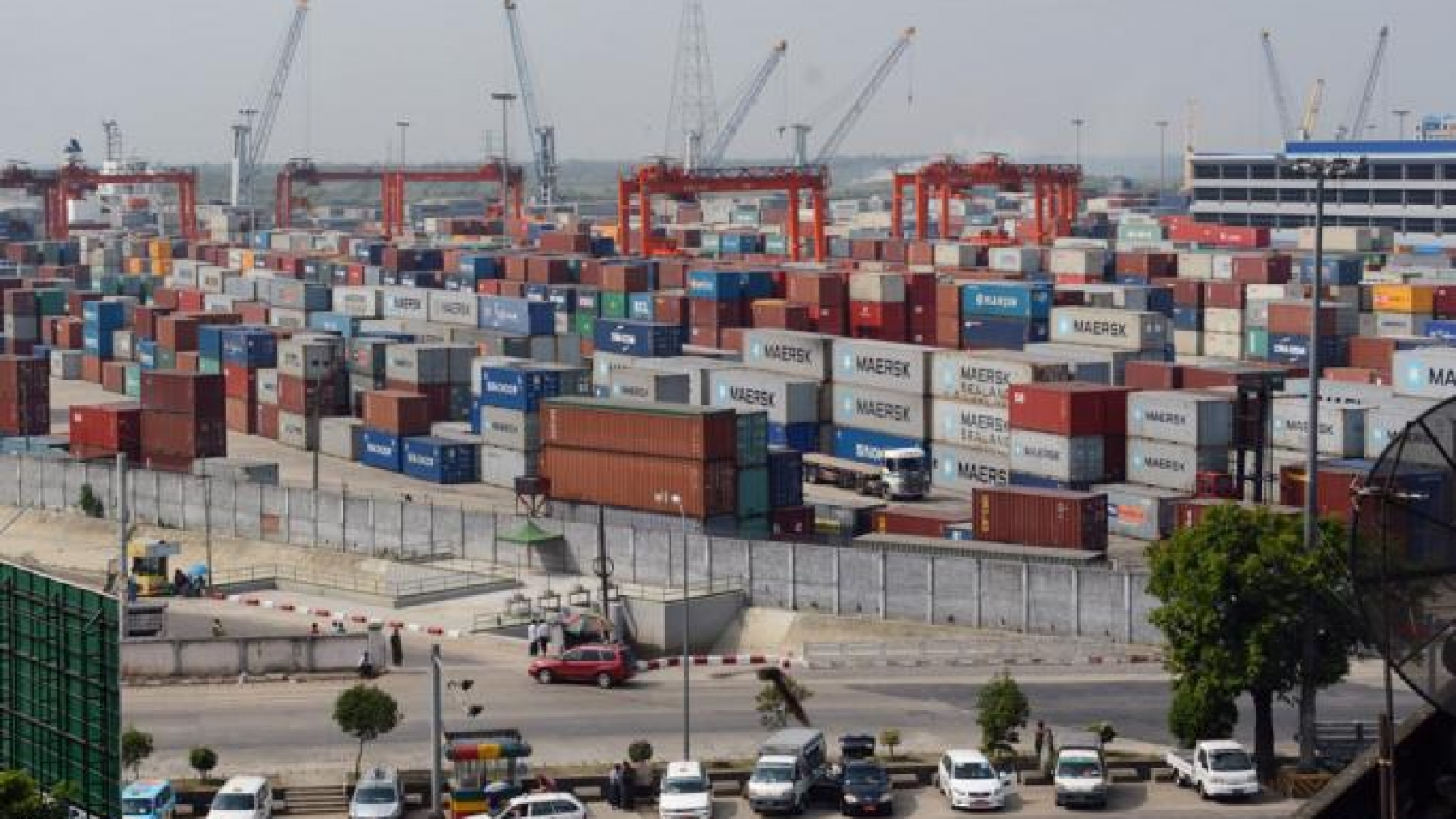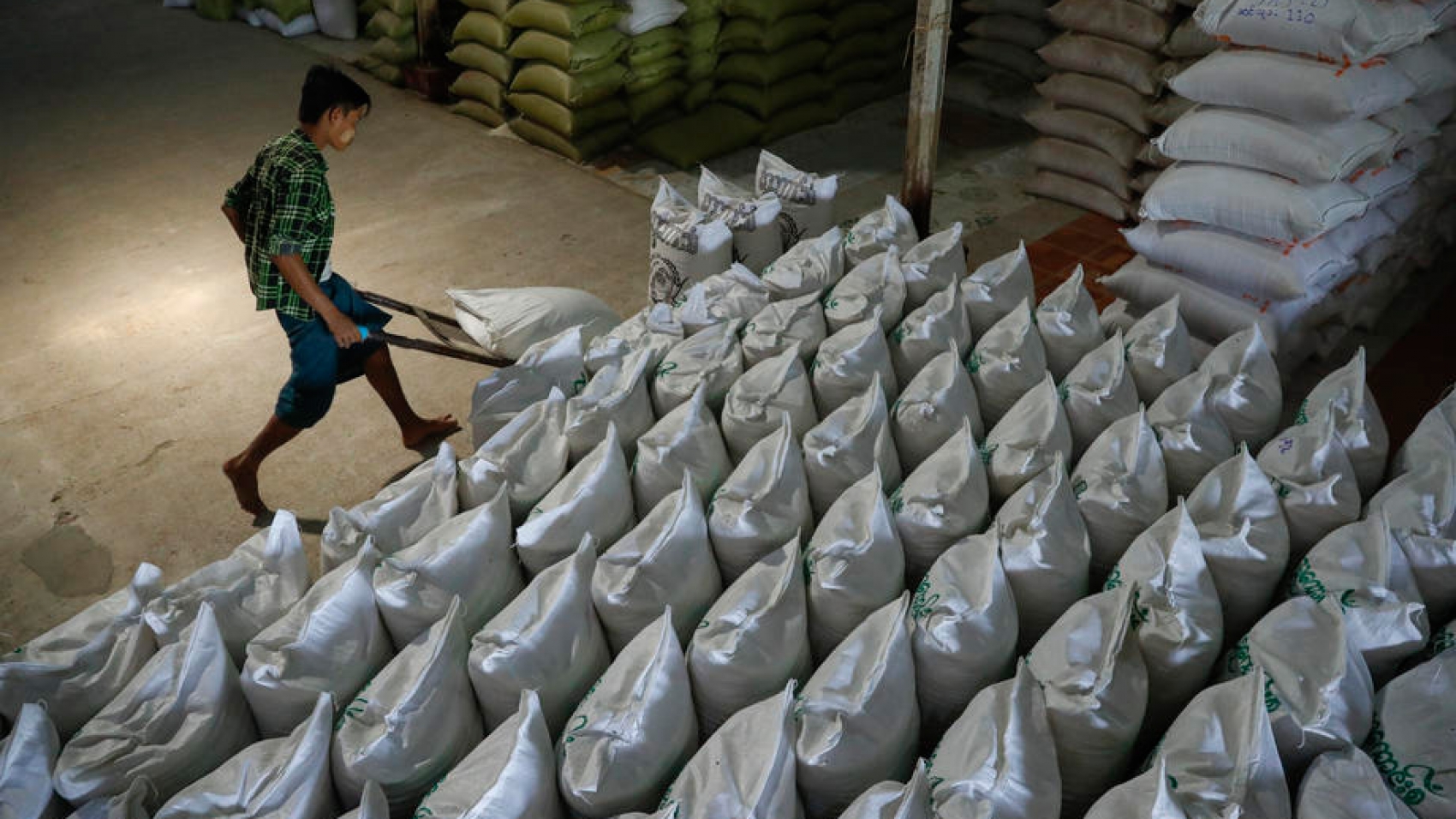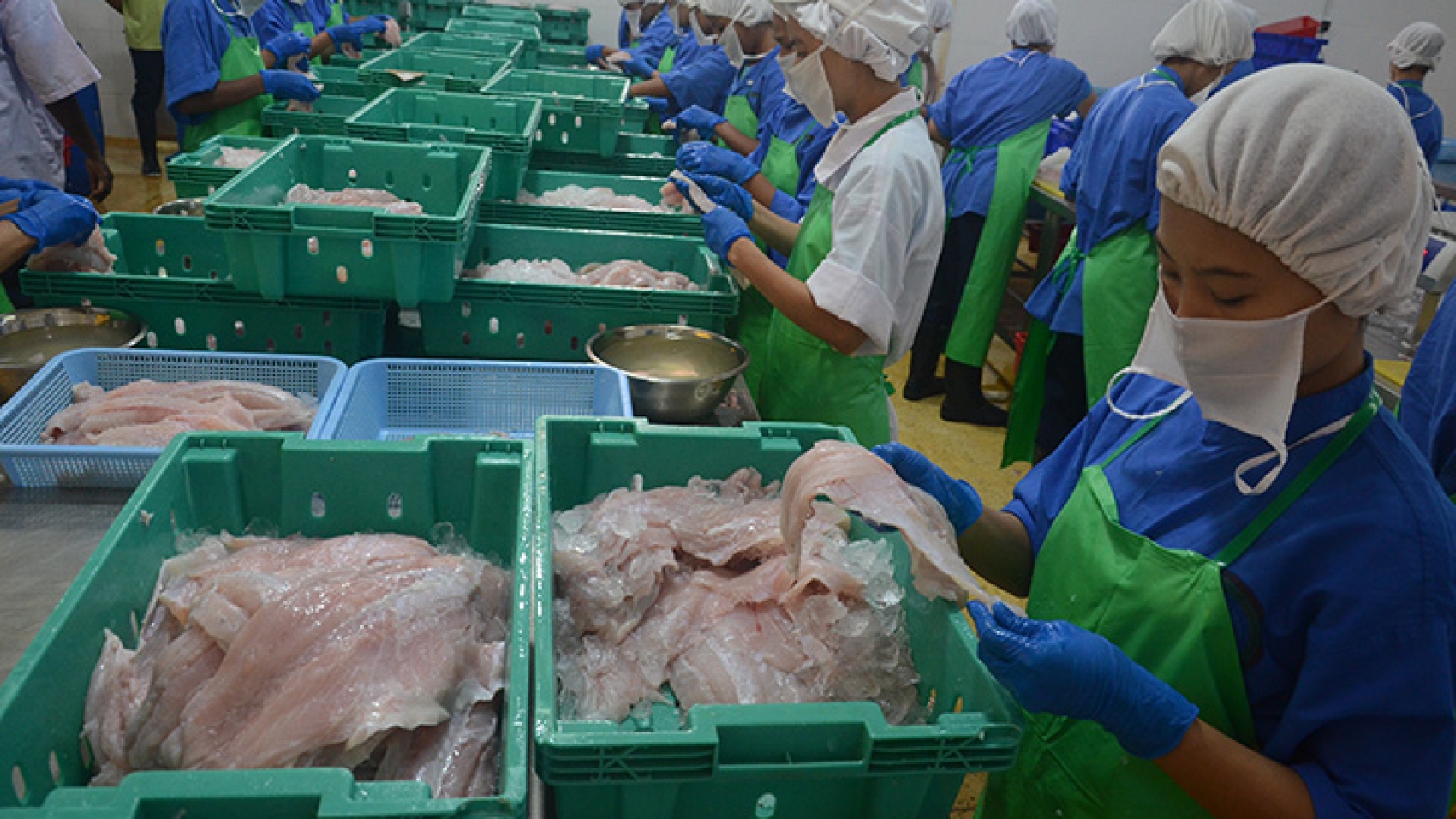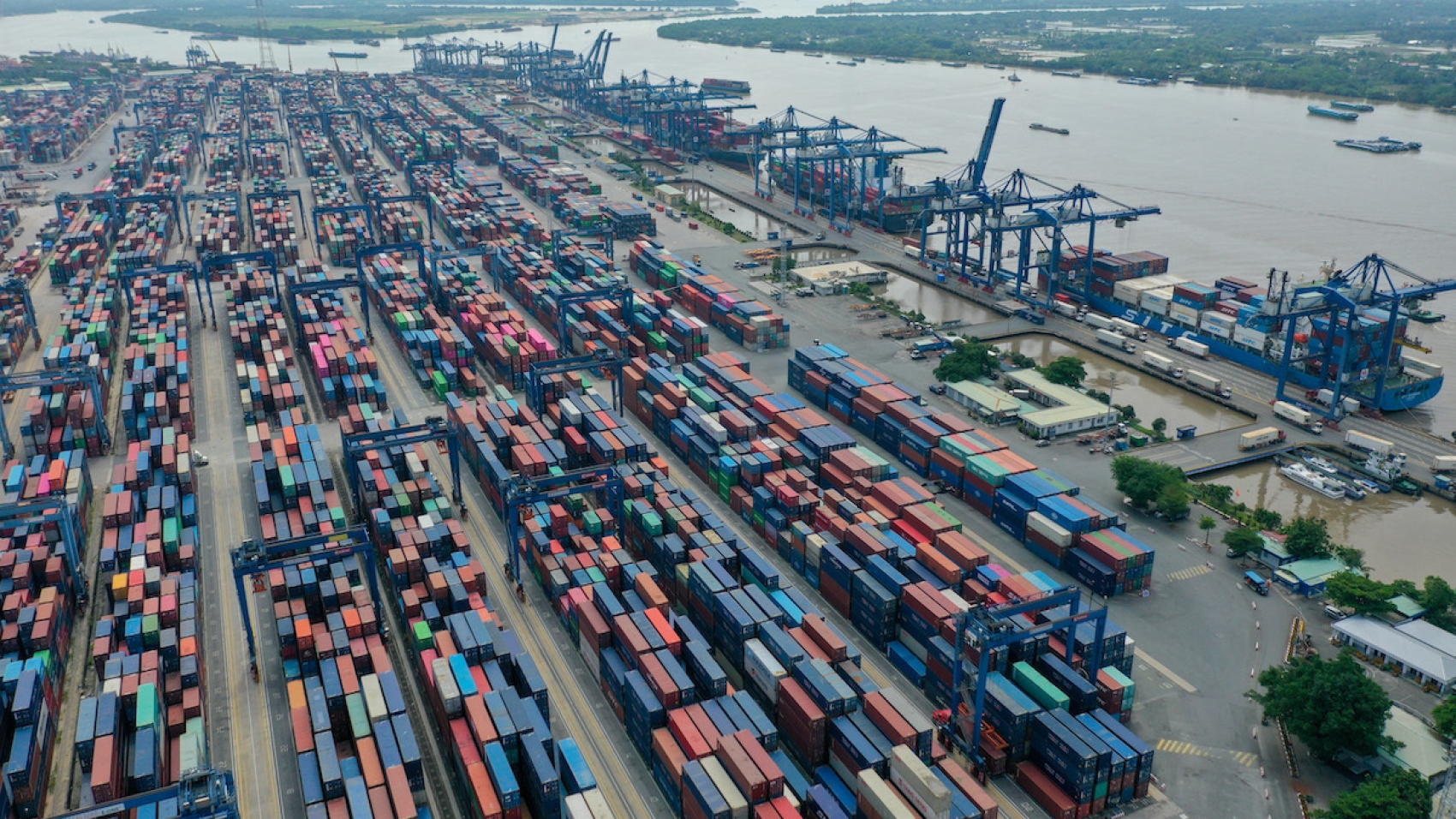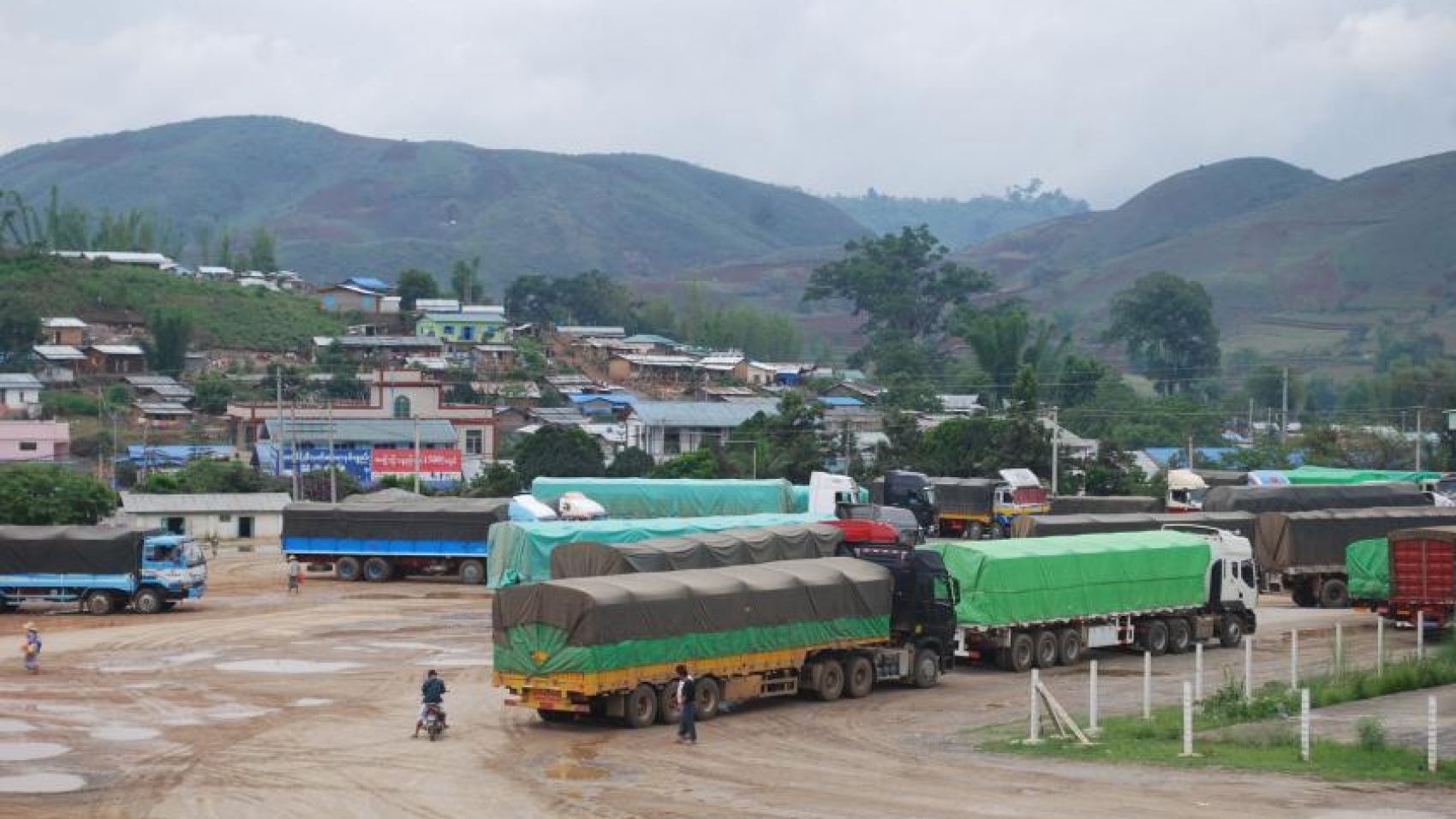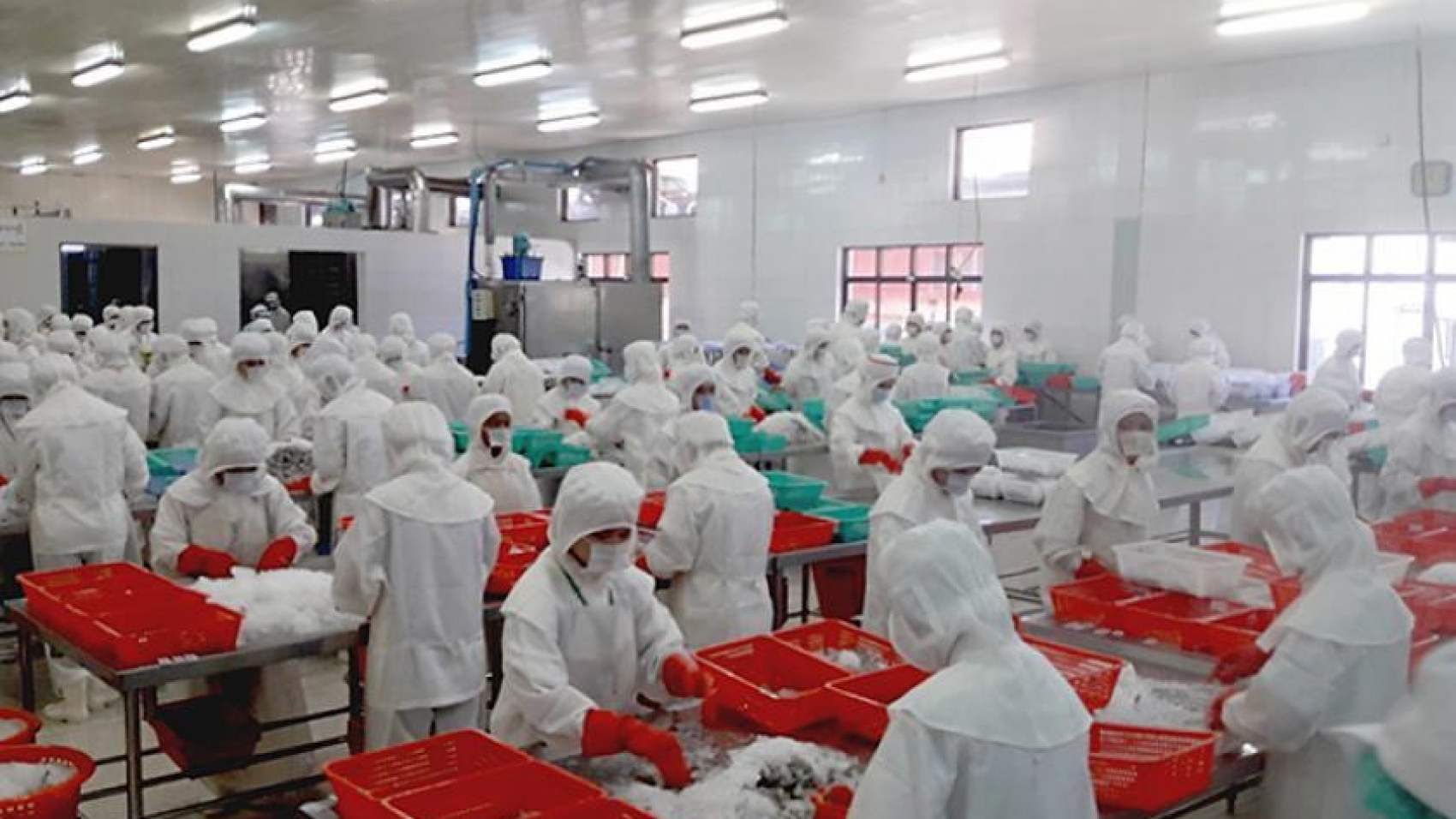Export earnings from the fisheries sector for nearly eleven months (1 October-27 August) of the current financial year 2020-2021 fell to US$706 million, according to statistics released by the Commerce Ministry. Myanmar’s fishery exports dramatically declined this year, owing to the COVID-19 impacts and the transport difficulty. Myanmar Fisheries Federation (MFF) is striving for the income generated from fisheries export this financial year 2020-2021 to keep up with $715.337 million registered in the previous FY 2019-2020. Consequently, MFF is beefing up the exports of both freshwater and saltwater fish to meet the goal. Although some offshore and inshore vessels started to go fishing on 15 July, they are battered by the high cost of fuel oil and fishing equipment and supplies. Additionally, the exporters’ companies pull down the price.
The domestic fish industry flounders due to the COVID-19 pandemic. The coronavirus pandemic shut down the wedding, donation events, festivities and restaurants. It also poses transport difficulties. The restrictions caused a slump in fish consumption in the local market. The disruption in container shipment wreak havoc on aquaculture export. To tackle this, the state authorities fulfil the requirements, and the One-Stop Service (OSS) was established. Myanma Port Authority processed to facilitate the transportation. The container shipment has become smooth in June. Furthermore, the Provisional Government of Myanmar will make those stakeholders engaged in the fisheries sector get vaccinated for the COVID-19. This move ensures the trade partners for seafood safety, said Dr Toe Nanda Tin, senior vice-president of MFF.
Keeping the businesses going and growing is a pivotal role in the country’s economy. All the sectors including agriculture and livestock need to commit this. MFF is conducting the business regularly. Those enterprises in the fisheries sector are truly appreciated. The federation is trying to meet the last year’s export earnings in the last month of the current FY (September), she added. Of 175 various aquaculture products, marketable fish products, especially fish, shrimp, eel and crab are primarily exported to foreign markets. In the past ten months, a monthly income from the fisheries sector is worth $65 million. Moreover, the fishery exports through the Sino-Myanmar border has ground to a halt following the consequences and safety measures on the imported seafood amid the COVID-19 pandemic, traders stressed.
Myanmar’s fishery export was experiencing a downturn due to the import restrictions triggered by the detection of the COVID-19 on fish imports in China. China was the second-largest buyer of Myanmar’s fishery products, accounting for US$254 million out of overall fishery export value of $850 million in the past financial year2019-2020. At present, China shut down the border areas in wake of the COVID surge in Myanmar. The fishery sector is dependent on maritime trade only. Food and Agriculture Organization (FAO) and World Health Organization (WHO) issued guidelines to ensure food safety during the COVID-19 pandemic in April 2020. The permitted companies are advised to carry out food safety plans, follow the guidelines of WHO and FAO, formulate the safety management system and suspend the exports if any suspicious foodborne virus or virus infection risk are found in the products.
The export is likely to resume once the products meet food safety criteria set by the General Administration of Customs of the People’s Republic of China (GACC). Myanmar Fisheries Federation stated that only the G2G pact can tackle problems faced in the export of farm-raised fish and prawns and ensure smooth freight movement between countries to bolster exports. During the last FY2019-2020, MFF expected to earn more than $800 million from fishery exports and it reached a target. Myanmar exports fisheries products, such as fish, prawns, and crabs, to markets in 40 countries, including China, Saudi Arabia, the US, Japan, Singapore, Thailand, and countries in the European Union.
The MFF is making concerted efforts to increase fishery export earnings by developing fish farming lakes that meet international standards and adopting advanced fishing techniques. To ensure food safety, the foreign market requires suppliers to obtain Hazard Analysis and Critical Control Points (HACCP) and Good Aquaculture Practices (GAqP) certificates. To meet international market standards, fishery products must be sourced only from hatcheries that are compliant with GAqP. The MFF is working with fish farmers, processors, and the Fisheries Department under the Ministry of Agriculture, Livestock, and Irrigation to develop the GAqP system. Processors can screen fishery products for food safety at ISO-accredited laboratories under the Fisheries Department.
Myanmar’s economy is more dependent on the agricultural sector to a large extent. Also, the fisheries sector contributes a lot to the national gross domestic product (GDP). Its fishery production including shrimps and saltwater and freshwater fish are far better than the regional countries. If the country can boost processing technology, it will contribute to the country’s economy and earn more income for those stakeholders in the supply chain, Yangon Region Fisheries Department stated. There are 480,000 acres of fish and prawn breeding farms across the country and more than 120 cold-storage facilities in Myanmar. Myanmar exported 340,000 tonnes of fishery products worth $530 million in the 2013-2014FY, 330,000 tonnes worth $480 million in the 2014-2015FY, 360,000 tonnes worth $500 million in the 2015-2016FY, 430,000 tonnes worth $600 million in the 2016-2017FY, 560,000 tonnes worth $700 million in the 2017-2018FY and 580,000 tonnes worth over $730 million in the 2018-2019FY respectively, according to the Commerce Ministry.
Source: The Global New Light of Myanmar

